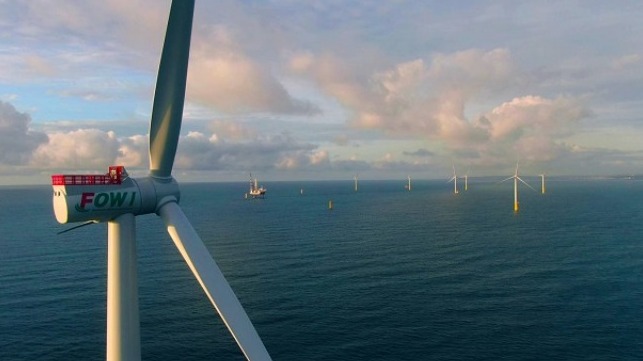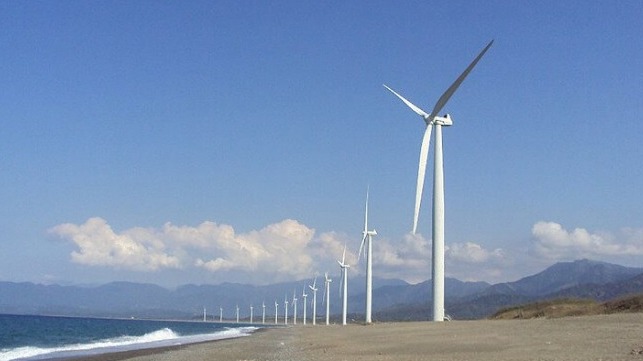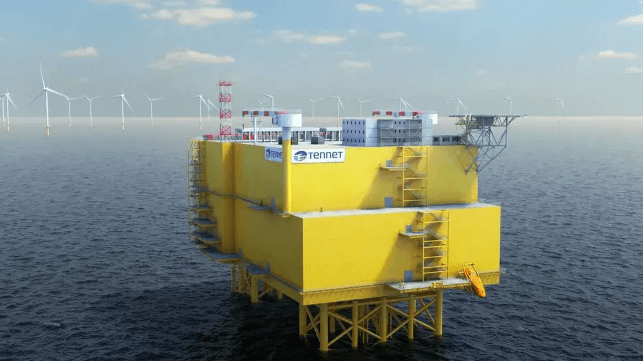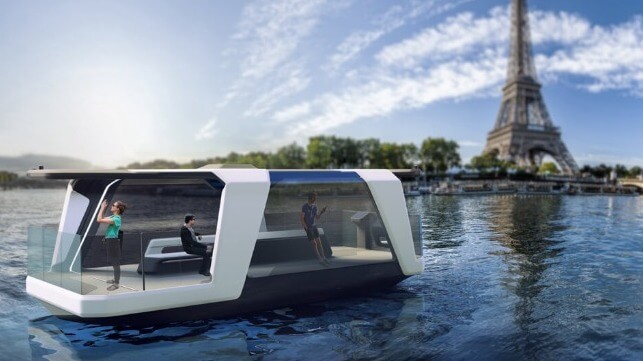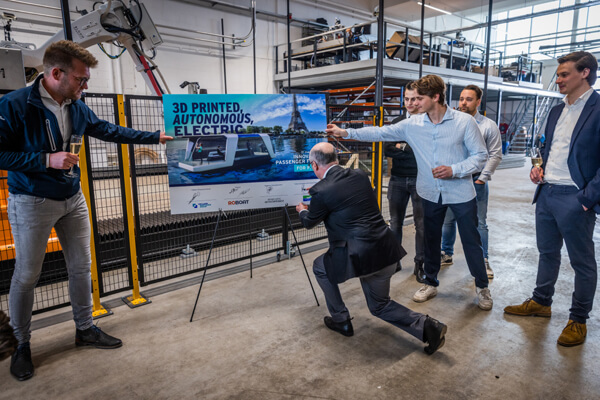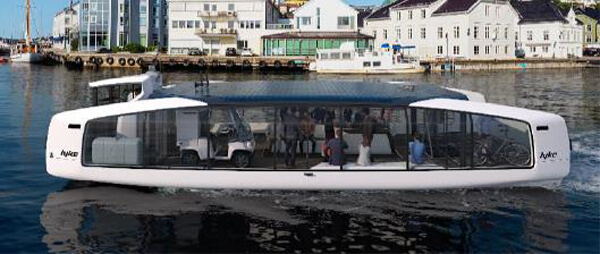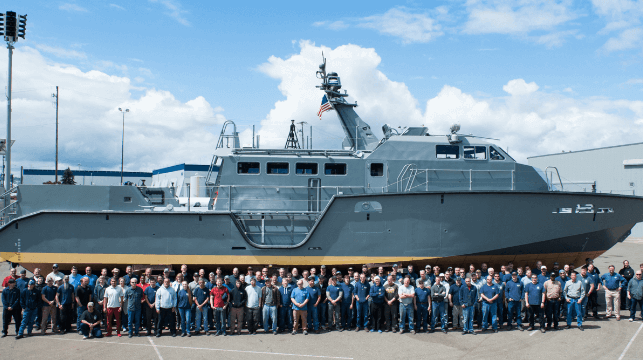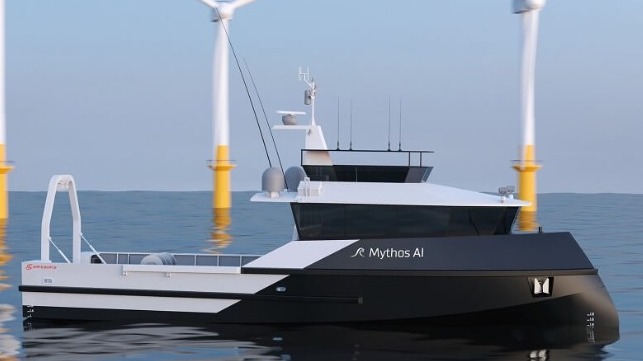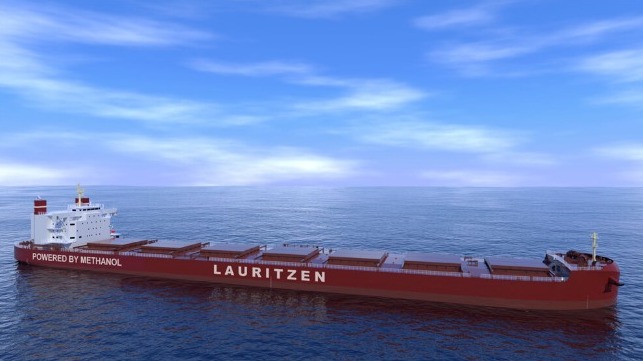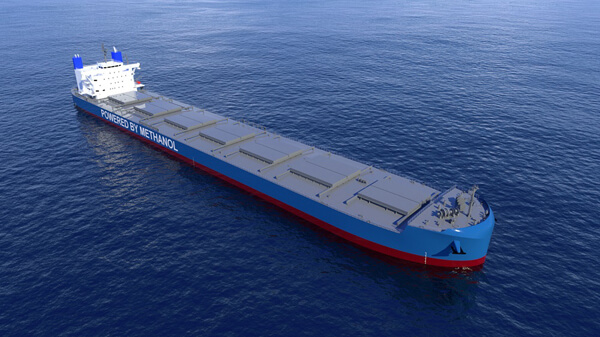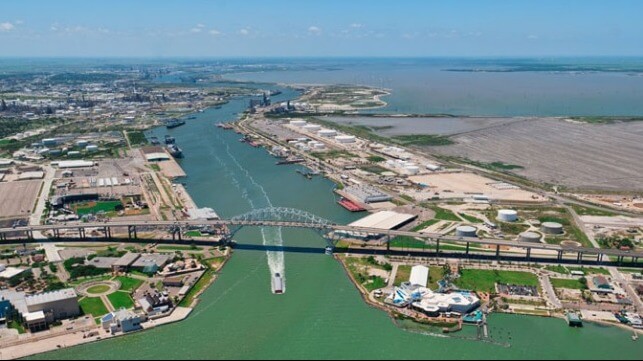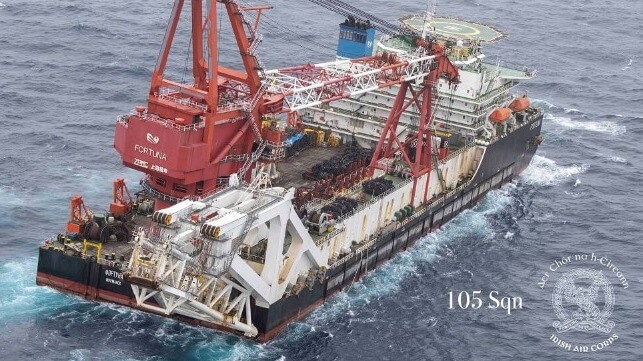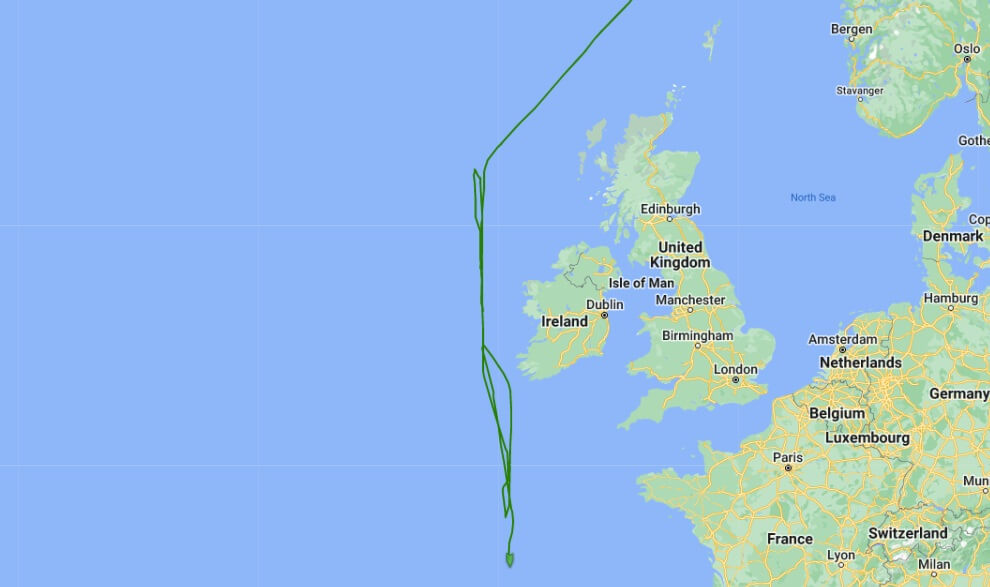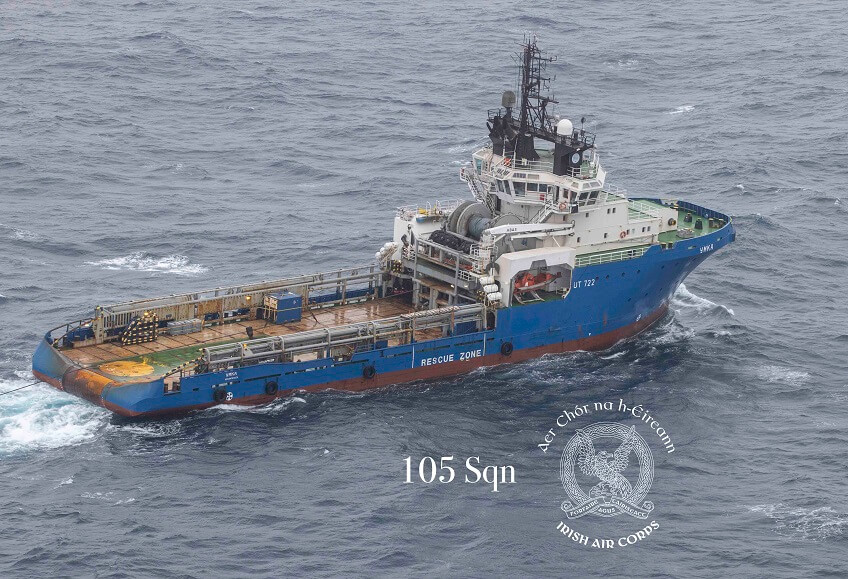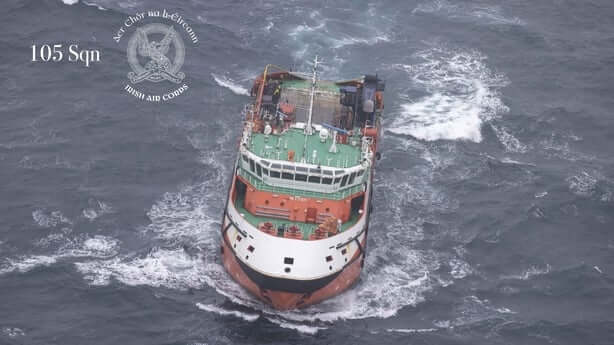Uruguay's New Offshore E&P Leases Overlap Proposed Marine Parks
Experts are perplexed that areas designated priorities for protection overlap with offshore oil concessions
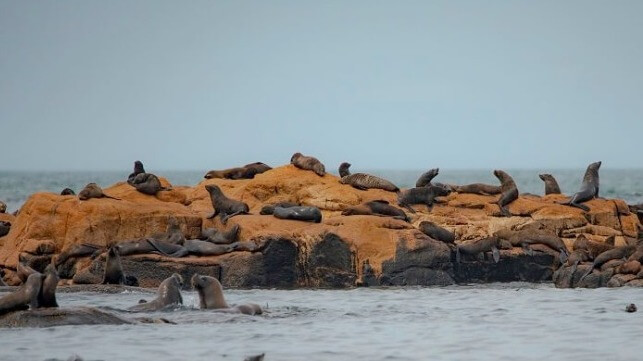
[By Lucía Cuberos]
Uruguay’s coasts are valuable for its tourism, fishing, shipping and trade. But, in a country whose renewable energy efforts have seen it dubbed an environmental “success story”, marine conservation remains a challenge.
Back in 2016, under the UN’s Sustainable Development Goal 14, the Uruguayan government committed to protecting 10% of its coastal and marine area by 2020. Yet less than 1% are protected today.
It would seem difficult for Uruguay to contribute its share of the global target, established at the recent COP15 biodiversity talks in Canada, of protecting 30% of the ocean by 2030.
Uruguayan authorities are, however, working on plans to ensure the percentage reaches double digits soon. If realised, these plans could see Uruguay improve on its position as a marine protected area (MPA) laggard.
But just as it looks to boost conservation, the government has also authorised fossil fuel companies to explore for oil offshore, in areas that overlap with priority areas for protection. Environmental organisations and experts have described this move as a contradiction; as have members of the administration itself, who argue it goes against the country’s climate commitments.
Protect and exploit?
In 2022, the state hydrocarbons company, ANCAP, awarded six offshore concessions to explore for oil and gas in Uruguayan waters to private international firms including subsidiaries of Shell.
The news was poorly received by the environment ministry. Gerardo Amarilla, the ministry’s undersecretary, said the initiative “seems a contradiction in terms in the 21st century”, with fossil fuels something “that humanity is trying to leave in the past”.
In order to establish what needs protecting from possible offshore oil activity, two environment ministry bodies began a two-year study of the country’s waters in 2020. They then prepared a report which identified eight marine sites of priority for conservation.
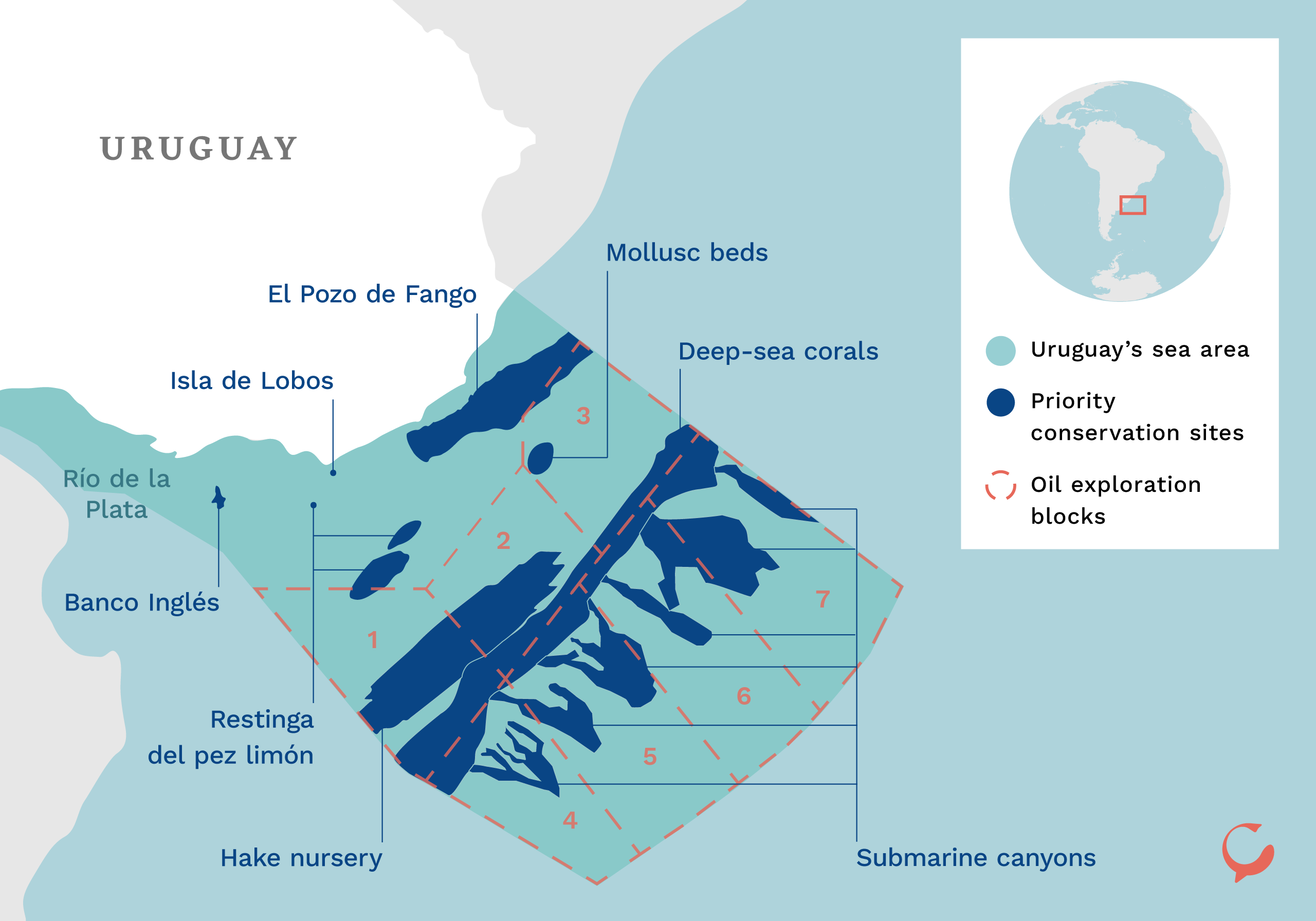 Uruguay’s priority areas for marine conservation overlap with offshore oil concessions. Data source: Uruguay Ministry of Environment / ANCAP
Uruguay’s priority areas for marine conservation overlap with offshore oil concessions. Data source: Uruguay Ministry of Environment / ANCAP
In the document, published in December, the experts described the country’s progress on MPAs to date as “scarce”, highlighting that just 0.7% of its aquatic territory is currently protected under the National System of Protected Areas (SNAP), and that these are exclusively coastal areas.
“We want to have clear rules in advance,” Amarilla said of the report and the country’s offshore exploration plans. He said the idea is for the document to be the starting point for Uruguay to reach 10% of its waters under protection, by limiting activities that could harm these ecosystems. However, he acknowledged that the ministry is still seeking international support and funding, so while there are hopes to make considerable progress, it cannot guarantee all plans will be realised by the end of 2023.
“This technical report and the ministerial decision to authorise it are a clear signal from the Uruguayan state to companies interested in offshore exploration that there are environmentally fragile riches [in the seas] that the country is willing to protect from future operations,” Amarilla said.
Alicia Torres, an environmental advisor to the National Energy Directorate of the Ministry of Industry, Energy and Mining, told China Dialogue Ocean that the situation need not be a case of either/or. She said oil exploration and the creation of new MPAs “can coexist”, and claimed that the government’s offshore intentions “do not contradict” its policies to promote green energy.
Oil exploration “provides information on the resources we have, even if they do not end up being used,” she said. “These are studies that involve huge investments and that would be paid for by the companies.”
The advisor was keen to highlight that although Uruguay generates the vast majority of its electricity from renewables, the world is on the whole still consuming oil: “If there is still a long way to go [in the transition from fossil fuels] and the country has a resource it can use, would it give up using it when it could generate greater benefits for its society?”
Offshore oil plans
Uruguay’s offshore oil concessions have been awarded to a range of international firms: Block 6 is in the hands of US-based APA Corporation; British-Dutch giant Shell was awarded blocks 2 and 7; London-listed Challenger Energy Group will focus on Block 1; Block 4 was awarded to a consortium of Shell Group companies, APA and BG International Limited; and Block 5 went to Argentina’s state energy company YPF.
Speaking to China Dialogue Ocean, ANCAP’s general manager, Ignacio Horvath, claimed that there is “no dichotomy between renewable energies and those of fossil origin”, but rather it is a process of energy transition between them. He reported that currently 42% of the energy consumed in Uruguay comes from hydrocarbons, which are used mainly in transport; at the global level, about 80% of energy is supplied by fossil fuels. Although the goal is to reduce the use of carbon-intensive sources, Horvarth said “it is not possible to stop using them in an instant.”
Horvath explained that the Uruguayan government is proposing to start producing this resource instead of importing it. “Crude oil has to come from somewhere,” he said, so it is better to ensure that it is produced in, he claimed, a “sustainable, responsible and controlled” way, while seeking to reduce emissions.
“This does not go against the efforts that Uruguay is making in terms of renewables, nor does it go against environmental agreements,” Horvath claimed, but he acknowledged that it is still necessary to adapt to demand.
The International Energy Agency (EIA) has said exploitation and development of new oil and gas fields must stop now if the world is to stay within safe limits of climate change and meet the targets of the Paris Agreement.
Horvath said that MPAs in Uruguayan waters “can coexist without problems” with seismic exploration for oil and gas. Some evidence suggests that the seismic method, which uses sound waves, can be harmful to species such as whales and dolphins. For the ANCAP manager, “it is natural” that certain parts of Uruguay’s sea should be protected. The important thing is that there is clear regulation on how such areas are to be treated, he added.
Southern right whales in the Valdes Peninsula, Argentina. Sound waves from seismic exploration may be harmful to cetaceans like these. (Image: Alamy)
“Exploration can be done in a responsible way, in compliance with all the regulations and with all the environmental precautions, which is what has been done in previous explorations,” Horvath said. “If all precautions are taken, there is no need to interfere with marine fauna.”
Proposed MPAs
According to the Ministry of Environment’s report, the eight potential MPAs have been proposed because they include “unique species that make them a priority for conservation.” The areas are also said to be associated with oceanographic and ecological processes “of great ecosystemic relevance”.
The first proposed site is Banco Inglés, a shallow sandy formation 40 kilometres south-east of the capital Montevideo. It constitutes a habitat for molluscs, and food and shelter for deep-dwelling fish, the report states.
The second is Isla de Lobos, an island eight kilometres south of the resort city of Punta del Este, and its surrounding waters. Covering some 44 hectares, this area is home to one of the largest permanent colonies of sea lions and fur seals on the continent. In addition, it contains mussel beds that provide habitat for invertebrates and fish, and is an “important part of the migration route of the southern right whale,” the report adds. The area has already been proposed as an MPA by civil society organisations, and the SNAP’s National Advisory Commission started discussing it in December 2021.
Colony of sea lions and fur seals at Isla de Lobos, home to one of the largest permanent colonies of these species on the continent (Image: Jimmy Baikovicius / Flickr, CC BY SA)
The third proposed site is the “Restinga del pez limón”, an area of seabed formations located at depths of 20 to 40 metres at the mouth of the Río de la Plata, where fish species of “ecosystemic and commercial importance” seek refuge and food.
The fourth site is El Pozo de Fango, which is located on the coastal shelf near Punta del Este and is particularly important for sharks and rays.
The fifth is described only as “Mollusc beds of special interest”, where shoals of mussels, oysters, octopus, snails, squid and hermit crabs can be found. It is also a site of special relevance for sharks including the angel shark, bull shark, catshark and copper shark, the report says.
The sixth is described as a “nursery area”, considered a “habitat of ecological relevance” for hake and other species, given the pressures on their numbers from fishing.
The seventh is the “continental slope and its deep-sea corals”, another area that has been studied for conservation since 2021. It extends from 200 to 1,000 metres below sea level and includes seven submarine canyons that have not yet been explored. In turn, they contribute to the formation of coral mounds, which serve as refuges and nursery grounds for many species. Lobsters, orcas, swordfish and blue sharks have been identified in their vicinity.
The importance of these areas has garnered international attention. National Geographic, through its Pristine Seas programme, has carried out two expeditions in Uruguayan waters to document biodiversity there. The first, in March 2021, carried out along with Uruguayan researchers, the national navy, civil society representatives and government authorities, focused on the area of the continental slope; the second, took place at the end of the same year around Isla de Lobos.
Alex Muñoz, Pristine Seas director for Latin America, told China Dialogue that “both places proved to be of enormous ecological relevance at a global level.” After the expeditions, the team submitted two reports to government authorities to promote the prioritisation of these areas.
In recent years, Muñoz said, “the whole world has realised that the sea is in crisis”, and that the creation of MPAs is necessary “to restore the ocean to its former productivity”, given the effects of overexploitation. There is increased awareness of the need to protect biodiversity in the face of accelerated species extinction, and to mitigate the effects of climate change on the ocean.
“Uruguay has been one of the countries that has made the least progress in the world in the creation of MPAs,” Muñoz said.
He welcomed the Uruguay Azul 2030 (Blue Uruguay 2030) plan released in 2022 by the national government, which outlines a marine spatial planning process for the coming decades.
However, Muñoz said it is essential that any MPAs created have significant restrictions “so that they are not just lines in the water”. These sites, he added, should be protected so that species can reproduce and thus become more abundant. “There is no need to be afraid of MPAs. These areas are seedbeds where species can recover and thus give more vigour to the fishing sector outside their boundaries.”
On ANCAP’s offshore oil plans, Muñoz commented that the world needs to move away from fossil fuels as soon as possible: “It is hard to understand why Uruguay is still betting on offshore hydrocarbon exploration when the entire international community is trying to find alternative sources of energy to move the economy.”
Several of the proposed MPAs are located in areas where ANCAP has authorised offshore oil exploration. Muñoz explained that the offshore exploration and exploitation of hydrocarbons often has very serious environmental consequences, due to accidents and poor risk management.
Andrés Milessi, a marine biologist and coordinator of the Un Solo Mar (One Sea) project, which promotes MPAs in Uruguay, echoed Muñoz’s points. While he welcomed the Uruguay Azul roadmap, he said that some of the areas suggested – such as El Pozo de Fango, Restinga del pez limón and mollusc beds – “fell short” in terms of their size, and that more research is needed. “There is a lack of long-term studies, of sampling maintained over time,” he said.
Expectations for the future
Although Uruguay has backed the goal of 30% of the global ocean being protected by 2030, the environment ministry’s Amarilla claimed that “the country has not formally committed itself” and is not obliged to reach that percentage in its seas.
Mariana Ríos, head of the Marine Coastal Management Department of the Ministry of the Environment, told China Dialogue Ocean that conservation in Uruguayan waters is to be done via marine spatial planning. This allows for the identification of the most fragile sites in ecosystemic terms, the composition of their biodiversity, the services they provide and the oceanographic characteristics they possess, as well as their link with socio-economic activities.
The aim, Ríos added, is to evaluate all of Uruguay’s marine as a basis for designing a network of MPAs, but also for the evaluation of new projects in the marine space, including for example hydrocarbon exploration activities. In this way, the impacts of projects could be mitigated and biodiversity could be managed sustainably, she said.
Lucía Cuberos is a journalist based in Uruguay. She writes for Búsqueda magazine
This article appears courtesy of China Dialogue Ocean and may be found in its original form here.
Top image: Isla de los Lobos, one of eight proposed marine protected areas off Uruguay (Jimmy Baikovicius / CC BY SA 2.0)
The opinions expressed herein are the author's and not necessarily those of The Maritime Executive.
